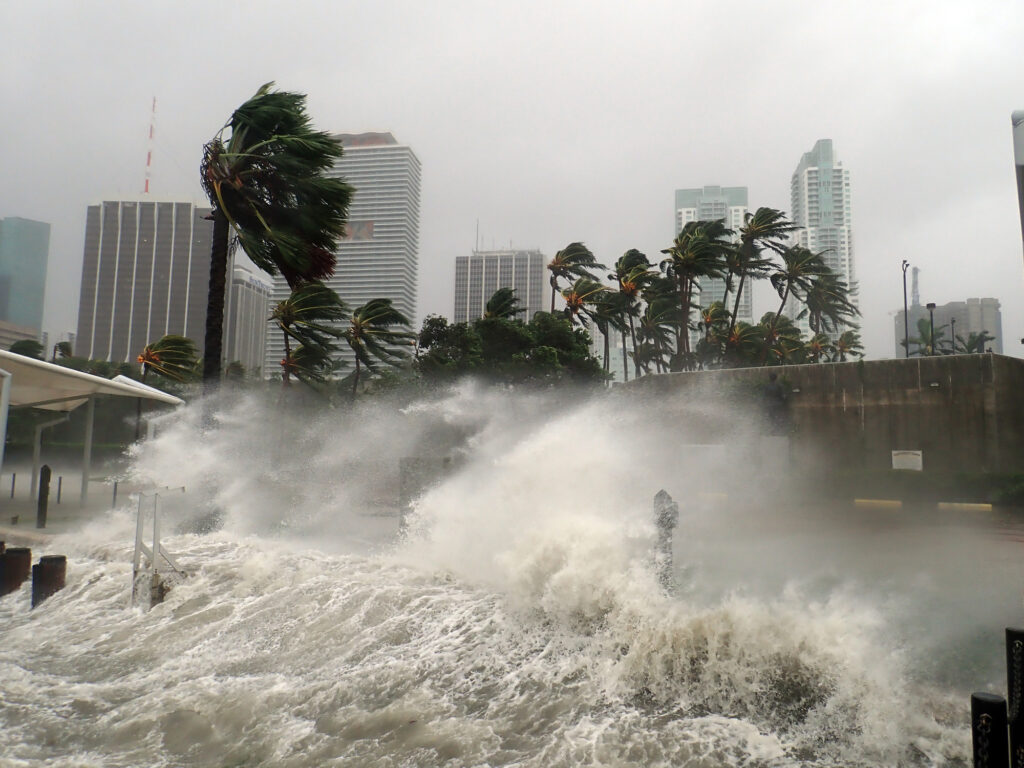
FEMA’s BRIC Program Cycle Sees a More Than Ten-Fold Increase in Building Code Investments
In its latest annual BRIC cycle, FEMA received a record-setting 133 building code-specific applications, totaling $52 million in federal cost share requested – the largest amount ever received by FEMA for building code projects.
In its latest annual Building Resilient Infrastructure and Communities (BRIC) cycle, the Federal Emergency Management Agency (FEMA) received a record-setting 133 building code-specific applications, totaling $52 million in federal cost share requested – the largest amount ever received by FEMA for building code projects.
These outcomes followed FEMA’s launch of its first Building Codes Plus Up program within BRIC, which allocated up to $2 million per state and territory to support hazard-resistant code adoption and implementation.

Building Codes Plus Up Program
The Codes Plus Up program was developed after extensive collaboration between International Code Council staff with FEMA. This collaboration aimed to provide more direct support for building codes through BRIC, which in prior years had provided less than $3 million per year to support these activities.
With the Code Plus Up program established, the Code Council launched an extensive outreach campaign to maximize FEMA’s commitment to investing in resilient codes for communities across the U.S.
Due to the significant interest observed during the previous cycle, FEMA is contemplating a second round of the Codes Plus Up program.
“For Code Council members looking for grant support to update and enforce resilient building codes, the BRIC Codes Plus Up funding is the best opportunity to see these federal dollars impact their community. The Code Council is consistently working to make the application process easier for members, too,” said Stella Carr, Code Council Energy and Resilience Project Manager.
The Code Council has countless resources available to help those looking to apply for federal grant opportunities, more information and support can be found here.
Implementing Modern Building Codes with the Help of Grant Funding
The availability of grant funding emphasizes FEMA’s ongoing dedication to helping communities, families and businesses build climate resilience and fortify themselves against future hazards.
There is growing recognition of the importance of adopting and implementing up-to-date, modern building codes to help mitigate the impacts of disasters and ensure the safety, sustainability and resiliency of buildings. According to FEMA one of the most cost-effective ways to safeguard citizens and communities against disasters is to adopt and follow hazard-resistant building codes, such as the International Building Code® and International Residential Code®.
“In recent years, we have witnessed a concerning escalation in both the severity and frequency of disasters worldwide,” said Karl Fippinger, Code Council Vice President of Fire and Disaster Mitigation. “One of the most effective strategies for communities to fortify themselves against these events is by adopting and implementing modern building codes. By embracing and enforcing these codes, communities can significantly mitigate the impact of disasters, safeguarding not only individuals and families but also the collective well-being of the community in the face of disasters.”

The Code Council’s International Codes® (I-Codes) are continuously being updated through the code development process to include the latest industry advancements and best practices. The code development cycle is ongoing for the development of the 2027 I-Codes. This cycle introduces a restructured process starting in 2024 with two Committee Action Hearings for Group A Codes and followed in 2025 by two Committee Action Hearings for Group B Codes.
For more information on this code development schedule, click here.








